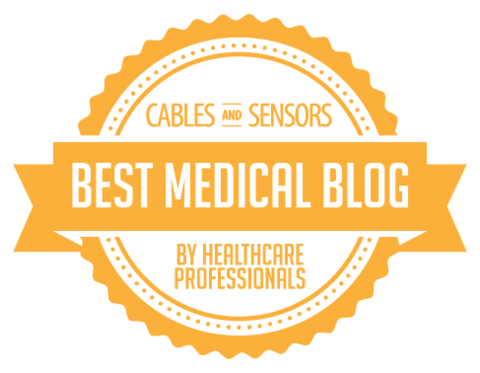With high blood pressure it’s important you follow a diet low in sodium and low in fat (particularly saturated and trans fat).
Here are 7 foods to avoid:
1. Pickles
Pickles are low calorie, which is great. However, they are loaded with sodium. One medium pickle (~5 inches long) can have around 570 mg of sodium. That’s over 1/3 of your sodium limit (1500 mg) for the day.
2. Canned Chicken Noodle Soup
I know, the thought of chicken noodle soup sounds warm and comforting . . . but beware! A one cup serving can contain up to 880 mg.
3. Sauerkraut
It’s a low calorie and a great way to add vegetables to a bratwurst, right? Nope. A half cup may only have ~13 calories, but it also provides you over 460 mg of sodium.
4. Fast Food French Fries
Yes, many fast food chains are now frying their fries up in trans fat free oil (but not all!); French fries still provide a large dose of fat and sodium. A medium serving of fries provides ~19 grams of fat and 270 mg of sodium.
5. Bacon
I don’t really count this as a meat. It’s mostly fat with three slices carrying 4.5 grams of fat and ~270 mg of sodium. Opt for lower sodium varieties and try turkey bacon instead of pork. Even with these switches bacon should remain a “special treat” not an everyday indulgence.
6. Whole Milk
Dairy is a great source of calcium, but high fat dairy sources provide more fat than you need. A one cup serving of whole milk provides 8 grams of fat, 5 of which are saturated.
7. Frozen pot pies
A single pot pie equals a serving of ~1300-1400 mg of sodium PLUS ~35 g of fat. The fat includes trans fat which you want to eliminate from your diet completely and an unhealthy dose of saturated fat. Clear out your freezer.
Be sure to sign up for the free e-course 7 Natural Ways to Lower Blood Pressure at http://lowerbloodpressurewithlisa.com.
All the best,
Lisa Nelson RD
https://lisanelsonrd.com
 Blood pressure measures the force pushing against your artery walls when your heart beats and when it rests. The systolic pressure (top number) measures the pressure against your artery walls when your heart beats (contracts) and pushes blood throughout circulation. The diastolic pressure (bottom number) is the pressure against your artery walls when your heart relaxes (in between beats). High blood pressure is diagnosed when the pressure against artery walls is higher than normal. Another term for high blood pressure is hypertension.
Blood pressure measures the force pushing against your artery walls when your heart beats and when it rests. The systolic pressure (top number) measures the pressure against your artery walls when your heart beats (contracts) and pushes blood throughout circulation. The diastolic pressure (bottom number) is the pressure against your artery walls when your heart relaxes (in between beats). High blood pressure is diagnosed when the pressure against artery walls is higher than normal. Another term for high blood pressure is hypertension.
 Mushrooms are low in calories, low in fat, and rich in calcium and B vitamins.
Mushrooms are low in calories, low in fat, and rich in calcium and B vitamins.

